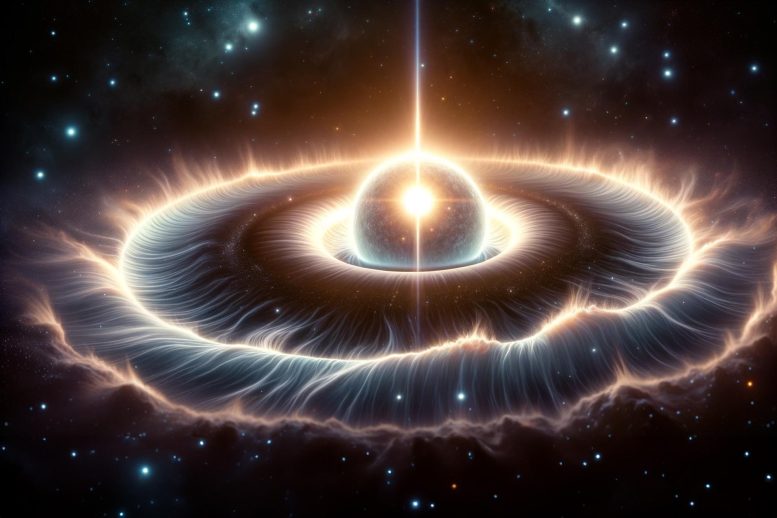
A study utilizing the James Webb Space Telescope has provided the first direct evidence that ultraviolet “winds” from nearby massive stars can cause rapid mass loss in young star protoplanetary disks through FUV-driven photoevaporation. (Artist’s concept.) Credit: SciTechDaily.com
Research utilizing the James Webb Space Telescope highlights the destructive power of ultraviolet “winds” on the gas in protoplanetary disks surrounding young stars, shedding light on the intricate dynamics that limit the formation of gas giants in the cosmos.
Ultraviolet “winds” from nearby massive stars are stripping the gas from a young star’s protoplanetary disk, causing it to rapidly lose mass, according to a new study. It reports the first directly observed evidence of far-ultraviolet (FUV)-driven photoevaporation of a protoplanetary disk. The findings, which use observations from the James Web Space Telescope (JWST), provide new insights into the constraints of gas giant planet formation, including in our own Solar System.
Insights Into Gas Giant Planet Formation
Young low-mass stars are often surrounded by relatively short-lived protoplanetary disks of dust and gas, which provide the raw materials from which planets form. As such, gas giant planet formation is limited by processes that remove mass from protoplanetary disks, such as photoevaporation. Photoevaporation occurs when the upper layers of protoplanetary disks are heated by x-ray or ultraviolet protons, which increases the gas temperature and causes it to escape from the system. Since most low-mass stars form in clusters also containing massive stars, protoplanetary disks are expected to be exposed to external radiation and experience ultraviolet-driven photoevaporation.
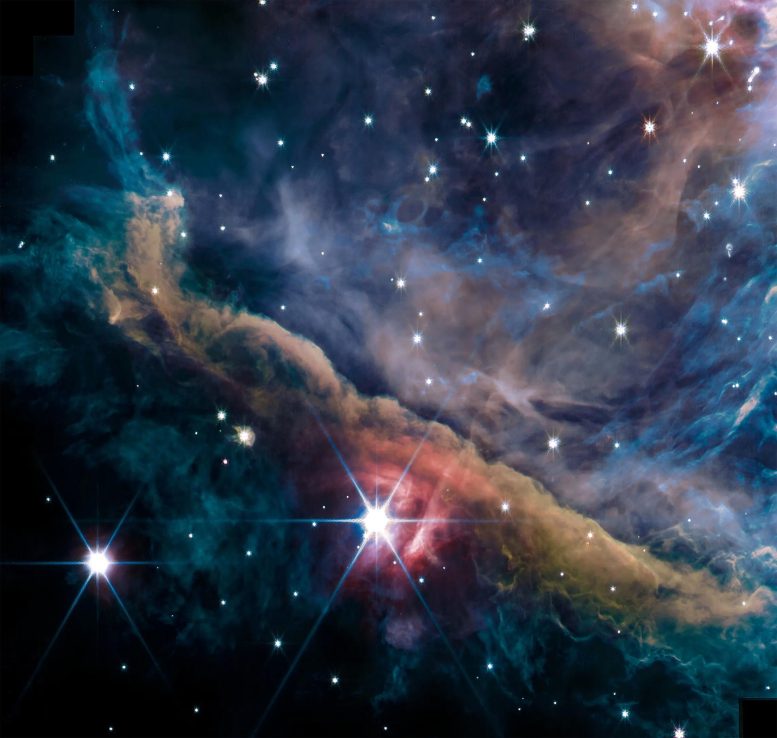
The inner region of the Orion Nebula as seen by the James Webb Space Telescope’s NIRCam instrument. Credit: NASA, ESA, CSA, Data reduction and analysis: PDRs4All ERS Team; graphical processing S. Fuenmayor
Observational Evidence From JWST and ALMA
Theoretical models predict that far-ultraviolet radiation produces photodissociation regions (PDRs) – areas where ultraviolet photons cast by nearby massive stars strongly influence gas chemistry on the surfaces of protoplanetary disks. However, direct observation of these processes has been elusive.
Using near-infrared and submillimeter measurements from the JWST and the Atacama Large Millimeter Array (ALMA), respectively, Olivier Berné and colleagues report observations of a FUV-irradiated protoplanetary disk, d203-506, located inside the Orion Nebula. By modeling the kinematics and excitation of the emission lines detected within the PDR, the researchers found that d203-506 is losing mass at a high rate due to FUV-driven heating and ionization.
According to the findings, the rate at which this mass is being lost from d203-506 indicates that the gas could be removed from the disk within a million years, suppressing the ability for gas giants to form within the system. “Dynamical and compositional studies of the Solar System indicate that it formed in a stellar cluster that contained one or more massive stars, and so it might have been affected by FUV radiation,” Berné et al. write.
For more on this discovery:
Reference: “A far-ultraviolet–driven photoevaporation flow observed in a protoplanetary disk” by Olivier Berné, Emilie Habart, Els Peeters, Ilane Schroetter, Amélie Canin, Ameek Sidhu, Ryan Chown, Emeric Bron, Thomas J. Haworth, Pamela Klaassen, Boris Trahin, Dries Van De Putte, Felipe Alarcón, Marion Zannese, Alain Abergel, Edwin A. Bergin, Jeronimo Bernard-Salas, Christiaan Boersma, Jan Cami, Sara Cuadrado, Emmanuel Dartois, Daniel Dicken, Meriem Elyajouri, Asunción Fuente, Javier R. Goicoechea, Karl D. Gordon, Lina Issa, Christine Joblin, Olga Kannavou, Baria Khan, Ozan Lacinbala, David Languignon, Romane Le Gal, Alexandros Maragkoudakis, Raphael Meshaka, Yoko Okada, Takashi Onaka, Sofia Pasquini, Marc W. Pound, Massimo Robberto, Markus Röllig, Bethany Schefter, Thiébaut Schirmer, Thomas Simmer, Benoit Tabone, Alexander G. G. M. Tielens, Sílvia Vicente, Mark G. Wolfire, PDRs4All Team†, Isabel Aleman, Louis Allamandola, Rebecca Auchettl, Giuseppe Antonio Baratta, Clément Baruteau, Salma Bejaoui, Partha P. Bera, John H. Black, Francois Boulanger, Jordy Bouwman, Bernhard Brandl, Philippe Brechignac, Sandra Brünken, Mridusmita Buragohain, Andrew Burkhardt, Alessandra Candian, Stéphanie Cazaux, Jose Cernicharo, Marin Chabot, Shubhadip Chakraborty, Jason Champion, Sean W.J. Colgan, Ilsa R. Cooke, Audrey Coutens, Nick L.J. Cox, Karine Demyk, Jennifer Donovan Meyer, Cécile Engrand, Sacha Foschino, Pedro García-Lario, Lisseth Gavilan, Maryvonne Gerin, Marie Godard, Carl A. Gottlieb, Pierre Guillard, Antoine Gusdorf, Patrick Hartigan, Jinhua He, Eric Herbst, Liv Hornekaer, Cornelia Jäger, Eduardo Janot-Pacheco, Michael Kaufman, Francisca Kemper, Sarah Kendrew, Maria S. Kirsanova, Collin Knight, Sun Kwok, Álvaro Labiano, Thomas S.-Y. Lai, Timothy J. Lee, Bertrand Lefloch, Franck Le Petit, Aigen Li, Hendrik Linz, Cameron J. Mackie, Suzanne C. Madden, Joëlle Mascetti, Brett A. McGuire, Pablo Merino, Elisabetta R. Micelotta, Jon A. Morse, Giacomo Mulas, Naslim Neelamkodan, Ryou Ohsawa, Roberta Paladini, Maria Elisabetta Palumbo, Amit Pathak, Yvonne J. Pendleton, Annemieke Petrignani, Thomas Pino, Elena Puga, Naseem Rangwala, Mathias Rapacioli, Alessandra Ricca, Julia Roman-Duval, Evelyne Roueff, Gaël Rouillé, Farid Salama, Dinalva A. Sales, Karin Sandstrom, Peter Sarre, Ella Sciamma-O’Brien, Kris Sellgren, Matthew J. Shannon, Adrien Simonnin, Sachindev S. Shenoy, David Teyssier, Richard D. Thomas, Aditya Togi, Laurent Verstraete, Adolf N. Witt, Alwyn Wootten, Nathalie Ysard, Henning Zettergren, Yong Zhang, Ziwei E. Zhang and Junfeng Zhen, 29 February 2024, Science.
DOI: 10.1126/science.adh2861


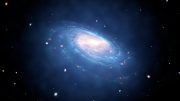
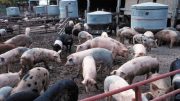
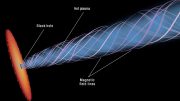
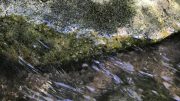

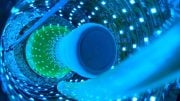
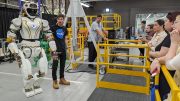
Be the first to comment on "Webb Space Telescope Shows Ultraviolet “Winds” Eroding a Young Star’s Protoplanetary Disk in Orion Nebula"